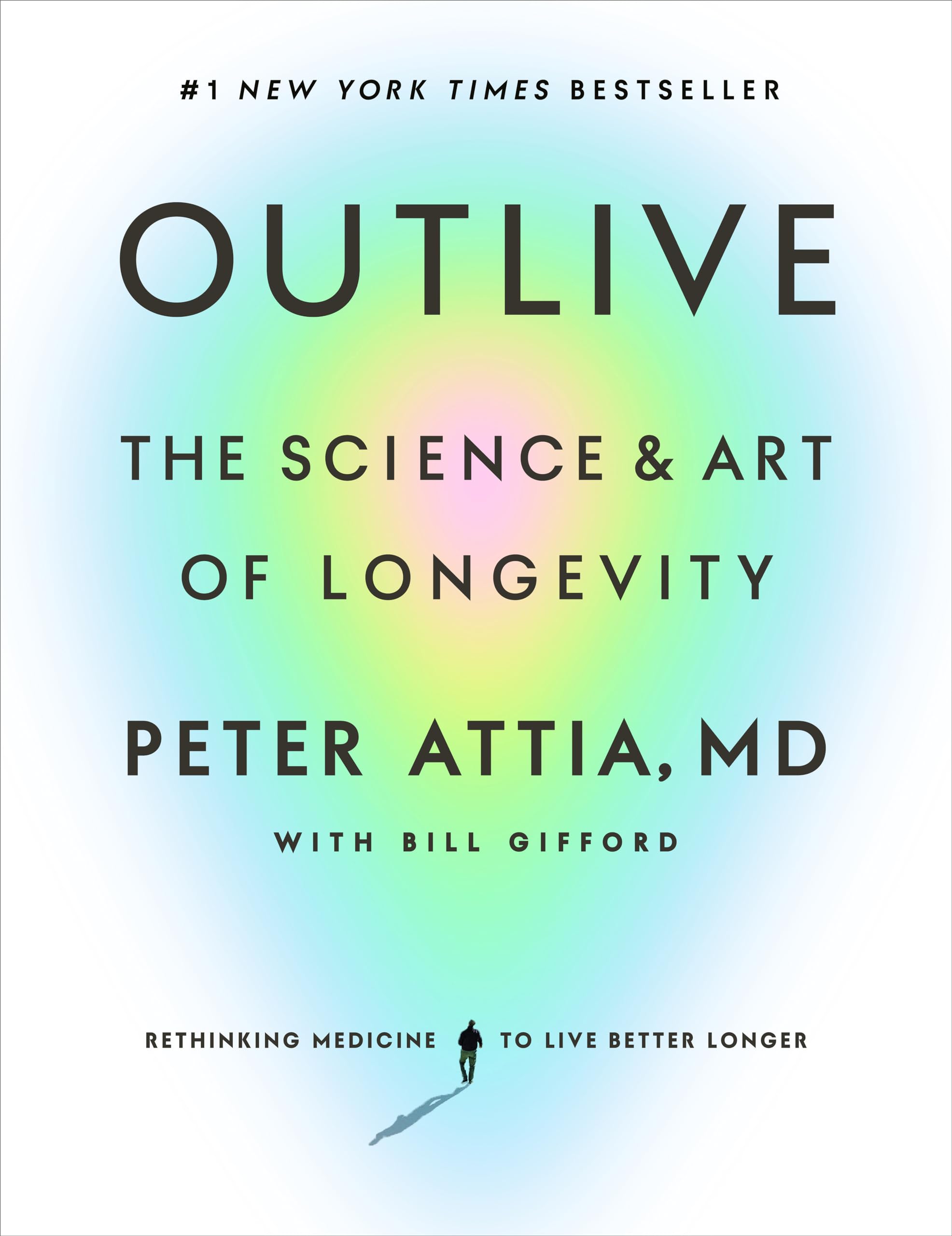Chapter 10: Thinking Tactically: Building a Framework of Principles That Work for You
byChapter 10 of Thinking Tactically opens by discussing the rapid rise of diseases that have become prevalent in modern society, such as diabetes, cancer, and heart disease, in parallel with industrial progress. This phenomenon, which began around the mid-nineteenth century, is largely attributed to the increasing mismatch between our ancient genetics and the fast-evolving lifestyle of today’s world. The author points out that, while human genetics have not changed significantly over millennia, our environment and behaviors have drastically shifted, contributing to the widespread emergence of health problems that were rare in earlier times. The central idea here is that to navigate the modern world successfully and safeguard our health, we need to adopt tactical strategies that address these evolving challenges head-on.
The chapter outlines five key tactical domains essential for improving health and extending lifespan: exercise, nutrition, sleep, emotional health, and exogenous molecules (like supplements and pharmaceuticals). The first of these—exercise—is framed as the most influential factor, with the author highlighting its multifaceted impact on the body. Not only does exercise improve cardiovascular fitness, but it also boosts strength, endurance, and stability, all of which contribute to a longer and healthier life. Nutrition is presented next as a critical area that shapes overall well-being, emphasizing the biochemical interactions between food and the body. What we eat affects our cells, metabolism, and ability to ward off disease. Sleep, which is now increasingly recognized in the medical community as a cornerstone of health, is also discussed, with a focus on how essential restorative sleep is for overall health. Emotional well-being is another key area addressed in the chapter, stressing the importance of mental health as it directly correlates with physical health outcomes.
The chapter critiques the traditional medical education system for its limited focus on preventive health. It argues that doctors are often more focused on diagnosing and treating diseases rather than providing proactive strategies for maintaining health. The author proposes a shift towards a more informed and holistic approach, where individuals are encouraged to actively manage their health rather than relying solely on prescribed treatments. Through the use of practical examples, like the simple yet powerful strategy of making informed decisions at intersections to reduce car accident risks, the chapter demonstrates how small, calculated steps can have a massive impact on health. This analogy reinforces the idea that paying attention to environmental cues and making strategic decisions can significantly improve one’s health and reduce risks.
As the chapter progresses, it emphasizes the interconnectedness of the five domains. The author advocates for a balanced approach, where exercise, nutrition, sleep, and emotional health are not treated as isolated entities but as integrated factors that all contribute to overall well-being. Each of these domains influences the others, with improvements in one area often boosting results in the others. For example, better sleep improves emotional health, and regular physical activity can lead to better sleep quality. The author stresses the importance of creating a personalized health plan that incorporates each of these domains, rather than following generalized advice. This personalized approach is encouraged over passive reliance on standardized treatments, as individual needs and responses can vary greatly.
The chapter concludes by reiterating the importance of a proactive, data-driven approach to health. Rather than following traditional medical advice in a passive manner, individuals should make informed decisions based on their unique health needs. The author calls for a shift in mindset—from simply following prescriptions to actively managing one’s health using knowledge and awareness. By combining fitness, nutrition, emotional well-being, and restorative sleep, individuals can greatly improve their chances of not only living longer but also maintaining quality of life into old age. The central message of the chapter is clear: a tactical approach to health, one that integrates all aspects of physical and emotional well-being, is essential for thriving in the modern world and navigating the environmental risks that shape our health.
This holistic view encourages readers to think of health not as a set of disconnected elements, but as an interconnected system that requires attention and care across multiple domains. The chapter’s overall message is that health is not something that happens to us—it is something that we actively shape through our choices and actions. Through the adoption of these tactical strategies, individuals can take control of their well-being and ensure they not only survive but thrive in the face of modern health challenges.


